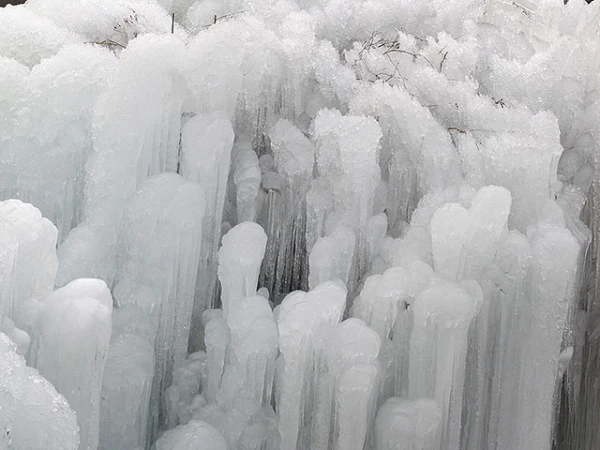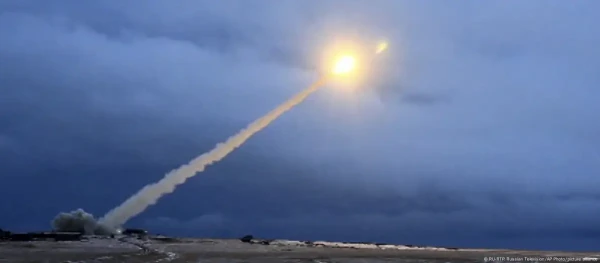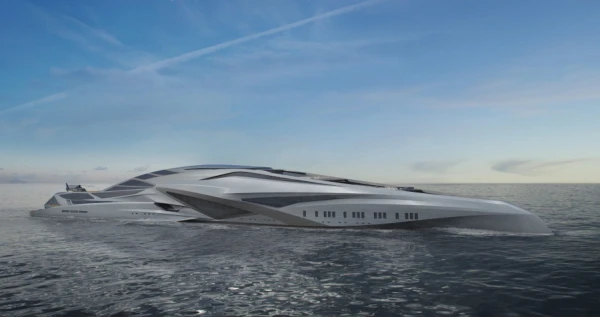
Advanced technologies were needed to capture events occurring in millionths of a second.
Scientists from the Korean Institute of Standards and Science, in collaboration with European colleagues working at the X-ray Free Electron Laser (XFEL) in Germany, conducted a series of experiments with water. They used a dynamic cell with diamond anvil cells for this purpose. During the experiments, the pressure varied from 0.001 gigapascals per second to 120 gigapascals per second – millions of times higher than atmospheric pressure. The researchers repeatedly increased and decreased the pressure in the range of 0.6 to 2.0 gigapascals at a temperature of about 25 °C, close to room temperature. Over hundreds of cycles, they observed how water repeatedly froze and melted, capturing each stage of the process with exceptional detail.
To achieve this, the scientists synchronized the ultrafast flashes of the European XFEL – X-ray pulses lasting only a millionth of a second – with the moment of ice crystal formation. This allowed them to create short "videos" demonstrating the ice growth process under conditions similar to those found in the interiors of planets and their moons. The scientists found that when freezing, water does not transition directly from a liquid state to a solid state but can follow five different pathways. In some cases, it transformed into a rare form – ice VI – before evaporating, and sometimes it passed through intermediate, so-called metastable states, one of which turned out to be completely new and never observed before.
The density of ice XXI is approximately 1.413 g/cm³, corresponding to a pressure of about 1.6 gigapascals. After its formation, it does not revert to the previous phase but gradually transitions to more stable forms – ice VII and VI. This one-way transition makes ice XXI a metastable state: it can persist for some time, although a more stable structure exists under the same conditions. To understand what happens at the atomic level, the scientists combined their experiments with molecular dynamics simulations, using two computer models of water. As the pressure increased to 2 gigapascals, they noticed that the internal structure of liquid water gradually changed: from a configuration characteristic of ice VI to a structure typical of ice VII. This rearrangement of molecules partially explains why water can form different solid phases.
In fact, water under pressure does not switch abruptly from one state to another. It passes through intermediate "neighboring" states where molecules are partially ordered before fully forming a crystal. Such gradual changes show that the freezing process depends not so much on temperature or pressure but on time – the precise balance between the rate of crystal formation and the rate of energy transfer in the liquid. Advanced technologies were needed to capture events occurring in millionths of a second. The scientists used ultrashort X-ray pulses to observe the rearrangement of atoms at each phase transition. Additional experiments at the PETRA III facility at DESY confirmed the existence of ice XXI and its unusually large repeating structural elements.
Under slow compression, water freezes, forming stable forms of ice VI or VII. However, under rapid compression, as in this study, the liquid becomes "supercompressed" and can temporarily resist freezing, forming unusual structures. The scientists believe that similar processes may occur in the interiors of cold moons, such as Titan and Ganymede, where pressure and temperature are high enough for exotic types of ice to emerge.














Leave a comment